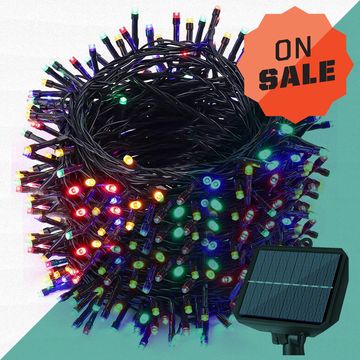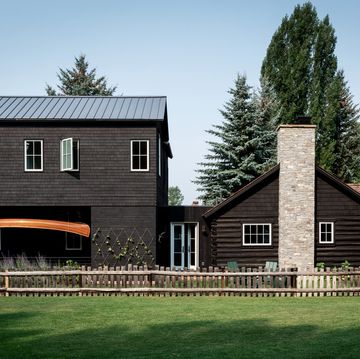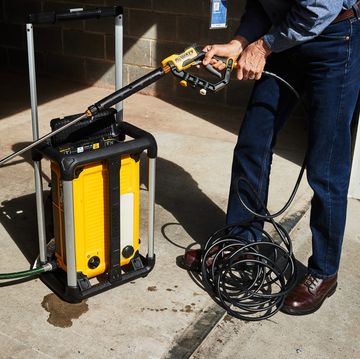8 Things Your Roof Is Trying to Tell You
Missing shingles, granules filling the gutters, water stains on the ceiling after rainstorms—they all point to roofing problems. Pay attention to these warning signs and act before the problem gets worse and more expensive to fix.

Missing shingles, granules filling the gutters, water stains on the ceiling after rainstorms—they all point to roofing problems. Pay attention to these warning signs and act before the problem gets worse and more expensive to fix.
Watch Next

Advertisement - Continue Reading Below

Cyber Monday: 44% Off Lifesmart 7-Person Hot Tub

Score New Christmas Lights for Up to 49% Off

Save Over $1,600 on This Hot Tub From Wayfair

10 Cheap Fence Ideas Designers Actually Love
Advertisement - Continue Reading Below
Advertisement - Continue Reading Below








